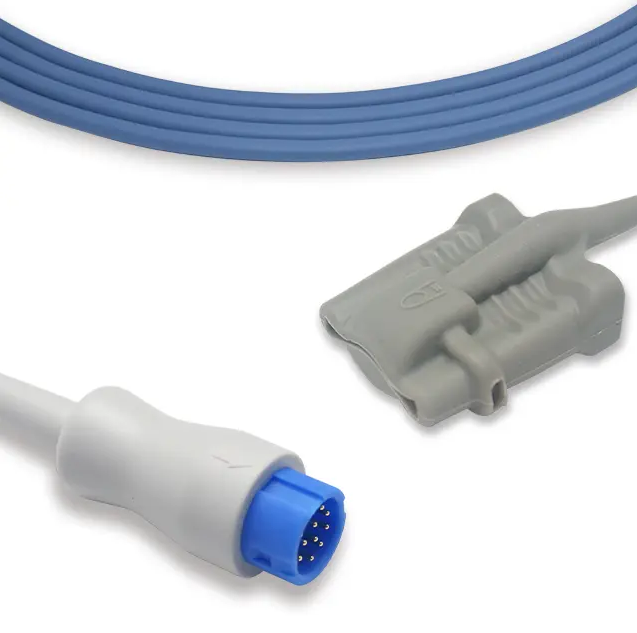Sensor measurement limit.
If the accuracy of any measurement seems unreasonable, first have the patient’s vital signs checked by an examiner. alternative method. Then check whether the instrument is functioning properly.
Inaccurate measurements can be caused by:
Improper application or use of sensors; high frequency electrical noise, such as from electrosurgical equipment connected to the system; significant levels of dysfunctional hemoglobin (eg, carboxyhemoglobin or methemoglobin); significant dysfunctional hemoglobin concentrations , such as carboxyhemoglobin and methemoglobin; intravascular dyes such as indocyanine green or methylene blue; exposure to excessive lighting such as surgical lights (especially those with xenon lamps), bilirubin lamps, fluorescent lamps, infrared heating Light or direct sunlight (overexposure to lighting can be corrected by covering the sensor with dark material); excessive patient movement; venous pulsation; SpO2 too low; improperly mounted sensor or incorrect patient contact position; , the ductus arteriosus, or the same limb within the vessel goes online. Contaminated nails or nail polish or artificial nails.
Loss of pulse signal may occur in the following situations:
sensor too tight; excessive illumination from light sources such as surgical lights, bilirubin lamps, or sunlight;
The blood pressure cuff is inflated on the same limb to which the SpO2 sensor is attached; the patient
Hypotension, severe vasoconstriction, severe anemia, or hypothermia; arterial occlusion proximal to sensor; patient in cardiac arrest or shock
Post time: Oct-11-2022


